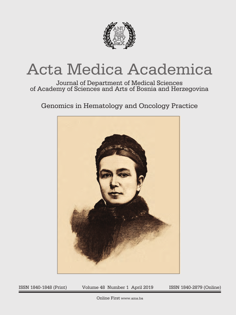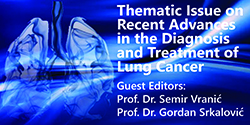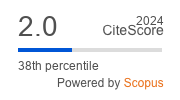Advances in Acute Myeloid Leukemia Genomics, where do we stand in 2018?
DOI:
https://doi.org/10.5644/ama2006-124.240Keywords:
AML, NGS, Biology, Myeloid, MutationAbstract
The aim of this review is to summarize the data on commonly mutated genes and genomic pathways in acute myeloid leukemia (AML) with a focus on recently approved targeted therapies. AML is a heterogeneous disease with recurrent cytogenetic and genomic abnormalities that define the disease biology and pathogenesis. Classification of the disease categories and their prognostication was updated in the past 2 years to reflect the most recent advances in understanding the complex disease biology of AML. This review highlights major updates in the World Health Organization classification, including cytogenetic re-classifications, provisional entities, and updates to the European Leukemia Net (ELN) AML risk group stratification. An overview of pivotal studies that used novel sequencing techniques to define the mutational landscape of AML is also provided. In these studies, mutations are classified into subgroups based on functional pathways and are used to understand various interactions and mutual exclusivity of some mutations, suggesting important roles in disease evolution and AML pathogenesis. The complex interactions between mutations can dictate outcomes as well as possibly predict disease phenotypes after correcting for clinical variables.
Conclusion. Genomic testing in AML using next generation sequencing has become widely available and a new standard of care for all patients. Therefore, it is vital to use novel methods to incorporate these data in clinical decision making.






